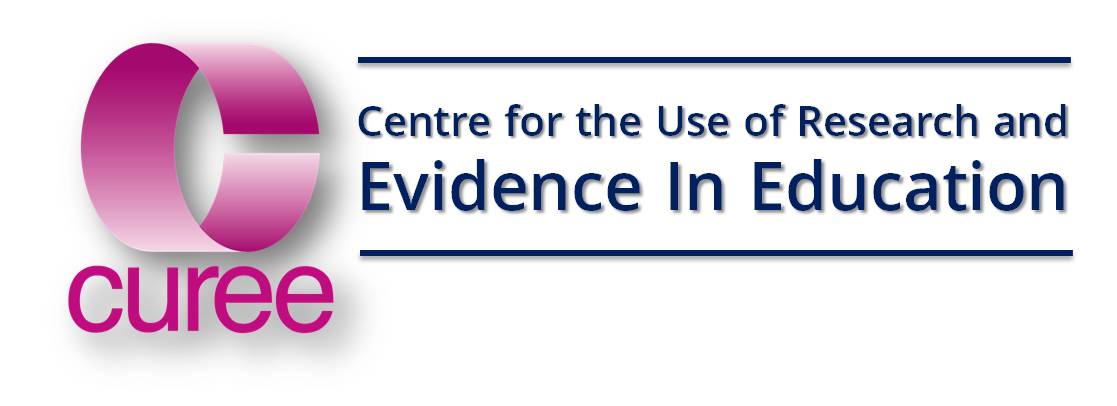Secondary School mathematics
Students' views on their learning can have much to tell us about effective teaching. For this TLA research summary we selected and summarised a richly detailed, three-year study of the teaching of mathematics, which takes account of the students' own perceptions of their learning experiences.The study examines in considerable depth approaches to mathematics in two English secondary schools that were using markedly different approaches to the teaching of mathematics. It was conducted in England between 1992 and 1995 and was first published in 1997.
